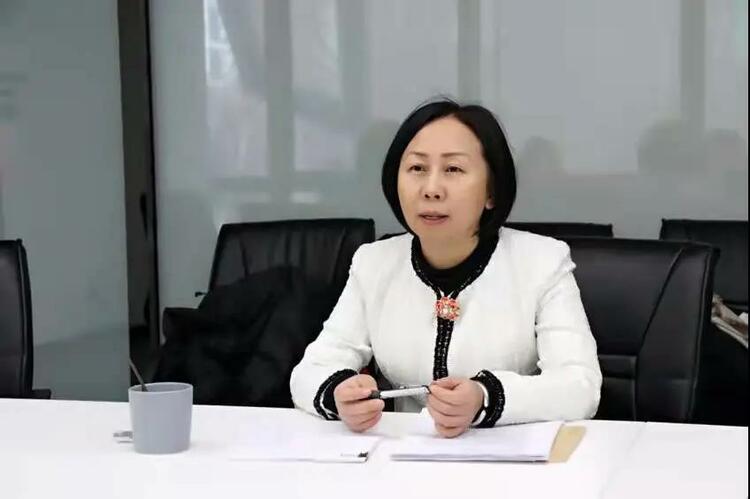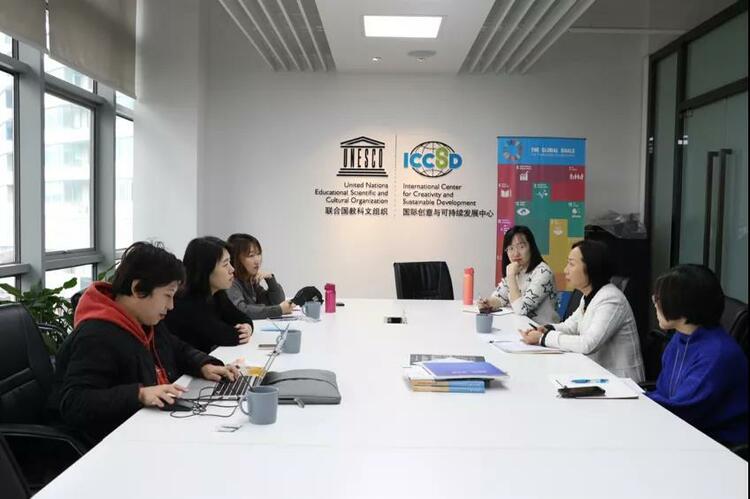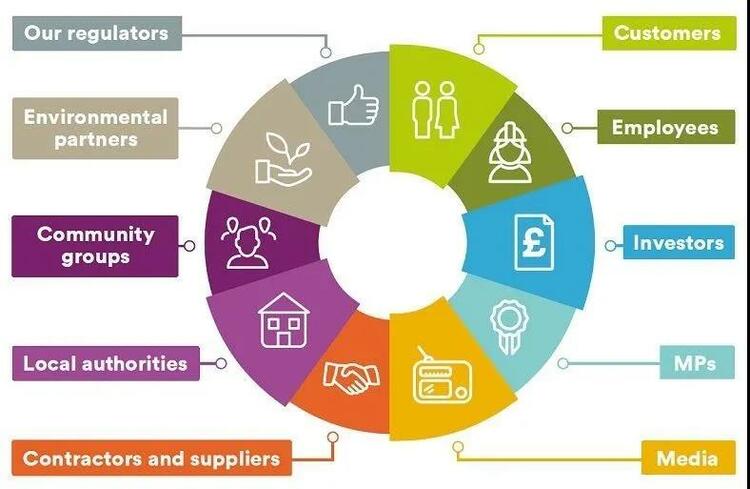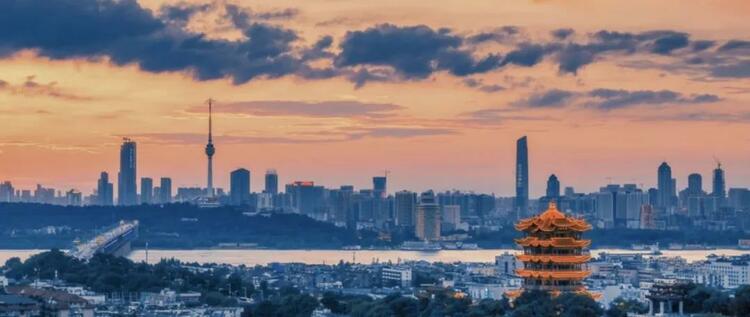On January 19, ICCSD held the 16th Creative 2030 Salon themed "Creative Cities in the Perspective of City Brand". Professor Wen Chunying from Communication University of China was invited to lead the audience to understand the underlying logic of the concept of "UNESCO Creative Cities" and get a deeper feeling of the usage path of creative cities brand.

Wen Chunying
Professor and Doctoral Supervisor of Communication University of China
A Fulbright Scholar
Dean of School of International Studies of Communication University of China
Director of the Center for Urban Communication Research

Scene of the salon
Description of the Concept
Established in 2004, the "UNESCO Creative Cities Network” aims to put creative and cultural industries at the heart of local development plans and to cooperate actively at the international level. There are currently 295 cities in the network worldwide, including 14 Chinese cities. This discussion uses the Chinese creative cities - Wuhan, the capital of design, Changsha, the capital of media art, Chengdu, the capital of gastronomy, Suzhou, the capital of crafts and Nanjing, the capital of literature - as case samples.
What is the core of city brand?
"What is the value of the UNESCO Creative Cities designation for online cities, especially for local governments?
How can these values be leveraged?
Professor Wen highlighted two core concepts in the study, one being "stakeholders" and the other being "city brand management". There is a general consensus among the different schools of thought on the importance of building lasting commitment from all stakeholders.

It is widely believed that the purpose of brand management is to attract tourists, draw investment, talent and enhance local competitiveness, while this tends to neglect the ultimate goals, such as the formation of cultural identity. The former is a typical marketing perspective that narrows the city brand and treats it entirely as a tool, mistakenly believing that it should be responded to with promotional and image enhancement strategies.
In the second half of last year, Professor Wen's team conducted a study on creative cities, which took Wuhan, Changsha, Chengdu, Suzhou and Nanjing as case samples, and examined the creative city-related topics presented by three types of media, namely, government websites, social media and mass networks from the perspectives of city brand elements, stakeholders and group channels. The purpose of this study is to answer the question of how Chinese creative cities use the title of creative cities, and try to see and explain the underlying logic behind the behavior through these attempts and usage behaviors.
Each city's media has its own mind
There are many similarities in the media campaigns of each city, for example, the media coverage shows geographical limitations, for example, the scope of media is basically limited to its own province. Nanjing, Suzhou, and Changsha all show geographical limitations that their media are largely in their own provinces, and each media type, including social media, shows this commonality. From the perspective of news production, geographical proximity is originally a basic attribute of news production.
However, there are also differences between individual cities, in other words, each city has its own mind. Suzhou and Wuhan rely more on social media, Chengdu and Nanjing rely more on mass media, and Changsha is more evenly weighted across media. Compared to mass media, social media is richer in diversity and easier to link to external resources.
Overall, the relatively low level of publicity in Suzhou and Changsha is also a concern, a finding that is corroborated with other studies. For example, in the Chinese Academy of Social Sciences (CASS) city competitiveness ranking fit, which explores which cities "do more and say less", Suzhou is a typical city that "does more and says less". This is mainly reflected in the fact that the most attention paid to Suzhou is not by the local media in Jiangsu Province, but by media of Shanghai, from which we can also see the pattern of city competition.
Media focus: event festivals, city visions and cultural facilities
Professor Wen's team also created radar maps for the five cities on five perspectives, including landscape strategy, behavior, organizational structure, infrastructure and others.
Each city has its own personality. For example, Chengdu focuses more on organizational structure, Wuhan is more balanced, and Suzhou and Nanjing both pay attention to brand behavior and infrastructure.
In addition, "events/festivals, urban visions and cultural facilities" were the three most frequent media focuses. According to Professor Wen, landscape strategies include public art, public space, urban design and architecture. The organizational structure includes the participation of the community's network of residents and the collaboration of government and society. Research shows that public space, architecture and urban design are largely relatively weak in the construction of individual creative cities. In terms of infrastructure, cultural facilities and tourism facilities are more prominent, while convenience is less mentioned.
Data also shows that cities with dedicated institutions can easily mobilize resources from all sides and achieve better results in promoting the creative city brand road. In Shenzhen, for example, the establishment of a specialized agency has enabled it to carry out relevant activities on an ongoing basis, foster relevant industries, establish design awards and win international prestige.
Finally, Professor Wen indicated that there are still some problems for improvement in creative cities. For example, the official use of the "UNESCO Creative Cities Network" is mainly used as a tool for urban vision, which is short-lived when doing festivals, and the construction is still missing on weekdays; the networks of public space and communities related to creative cities are seriously missing; the media publicity is geographically limited and basically in their own provinces. Improving the development path of creative cities still needs a long exploration.
Conclusion

City brand should not be narrowed down and should not be instrumentalized, but should be a way to establish identity, personify the city, establish a special department for long-term development, and polish long-term goals. To promote the long-term construction of international creative cities network, it is necessary to accumulate small steps to a thousand miles, and accumulate small streams to a river .
The Creativity 2030 Salon
Organized by ICCSD of UNESCO, the Creativity 2030 Salon is one of a series of activities under the brand "Creativity 2030" (C2030) of ICCSD. ICCSD will organize salons from time to time, with themes including creativity, sustainability, science and technology, culture and others. Each time, 1-2 experts, scholars and senior practitioners will be invited to communicate with the staff and social partners in the forms of speeches, dialogues, interactive Q&A, etc.